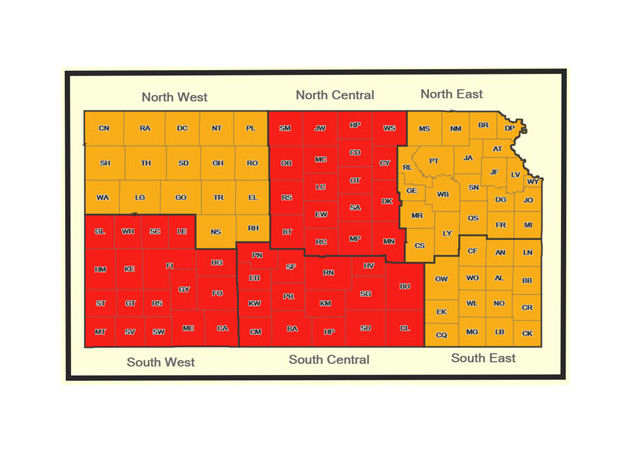Kansas is at risk for West Nile virus.
The Kansas Department of Health and Environment issued a high-risk warning for north-central, south-central and southwest Kansas. The rest of the state is at moderate risk for the mosquito-borne illness.
West Nile symptoms range from a slight headache and low-grade fever to swelling of the brain or brain tissue and in rare cases, death.
State health officials say people can help stop the spread of West Nile by eliminating standing water from around homes, using insect repellent containing DEET and by staying indoors at dusk and dawn.
According to the state health agency, West Nile virus is the most common mosquito-borne disease in Kansas and the United States. Several species of mosquitoes are responsible for transmission of arboviruses but Culex species are the primary vector for West Nile virus in Kansas and the United States.
The risk of acquiring WNV infection depends on various factors including time of year, number and location of infected Culex species of mosquitoes, and the number of days with sufficient heat. Warm temperatures increase the rate of mosquito larvae development which increases the mosquito population size.
The risk of West Nile is lower in the spring but rises through the early and midsummer months and usually reaches peak transmission during July, August, and September.



